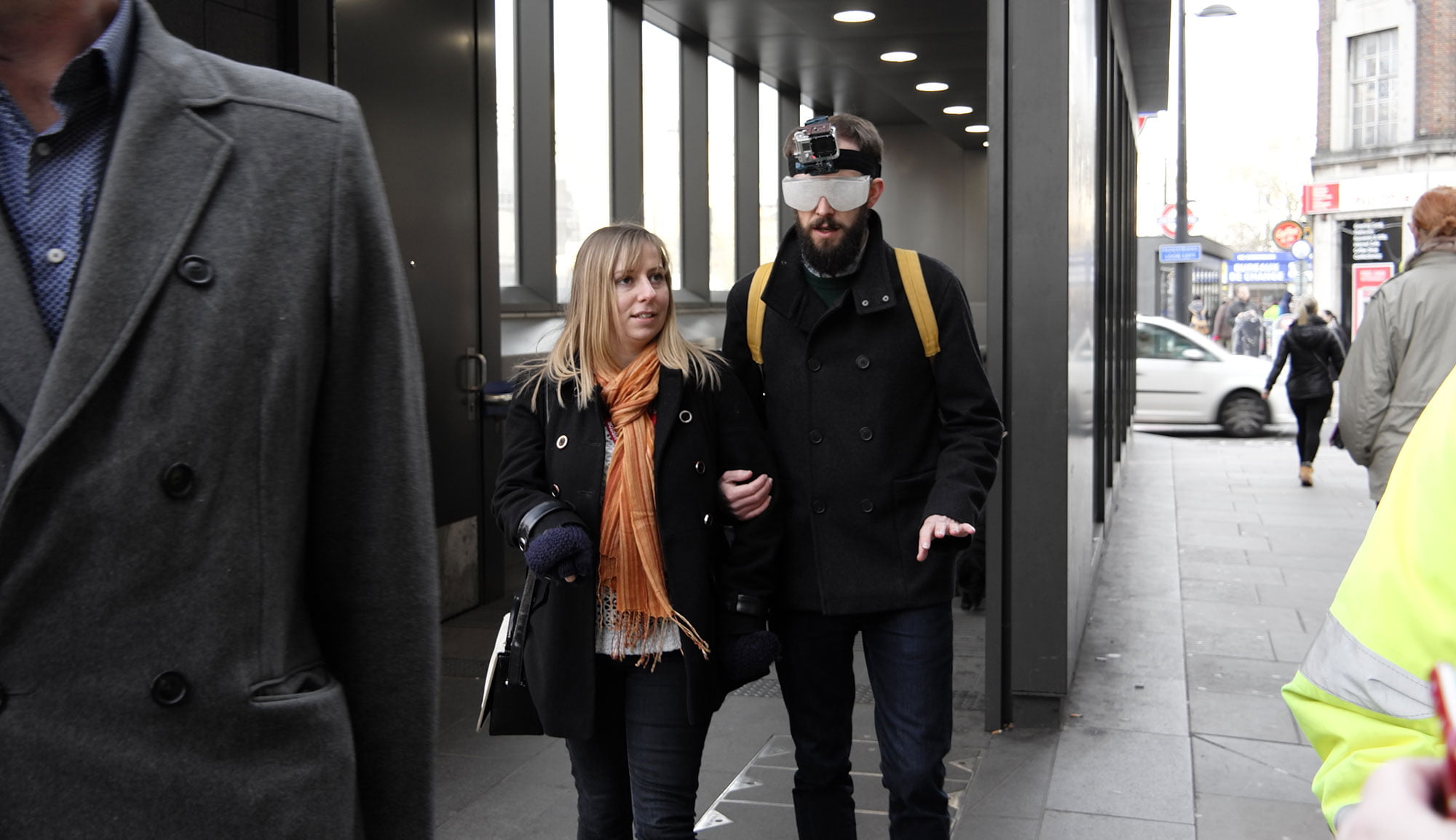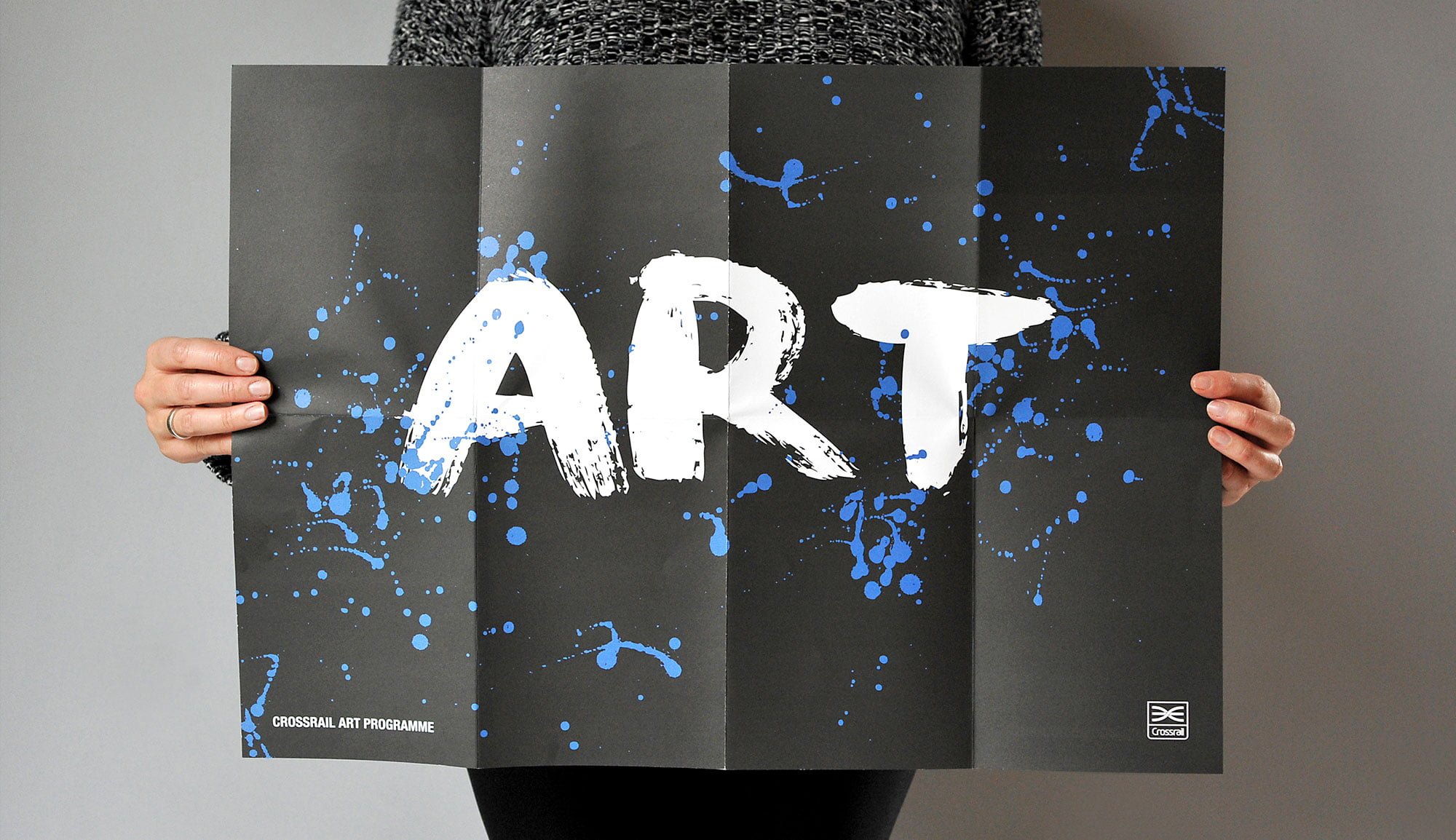Two travellers meet on a path – once the usual pleasantries are out of the way, the conversation begins to focus on important matters… Where have you travelled from? What is the condition of the route? Was it hard or easy terrain? Were there any dangerous sections or good places to stop along the way?
Signage
How design can counteract the stress of travel
Something really struck a chord with me when I interviewed a candidate for a wayfinding role and asked them why they were interested in the job: they said they remembered getting lost as a child and finding it one of the scariest experiences they had ever had.
The subtle art of signage
Simon Lee told Exhibition News about when it comes to event signage, getting visitors from A to B is an art form. It didn’t take long, however, for them to become clear that signage can influence the visitor journey round an exhibition in much more subtle and complex ways than simply pointing them in the right direction.
The pursuit of ‘smart’ design
From an urban and transport development perspective, we all strive towards the Smart City vision; one which is intent on integrating digital information and communication technology into our everyday lives whether we’re actively aware of it or not.
Are beacons the future of internal wayfinding?
Whilst you may rely on GPS to guide you outside or place you on a map, inside a building you may find the GPS signal you rely on bounces around and becomes very erratic. However we spend up to 90% of our time indoors, so what are the solutions for digital internal wayfinding? And could beacons be the answer?
Design for inclusivity (and its challenges)
Approximately 1 person in 30 across the UK are living with sight loss. This is set to increase dramatically in the future; an ageing population, coupled with a growth in key underlying causes of sight loss such as obesity and diabetes, means that the number of people affected is set to rise from 2 million to nearly 4 million by 2050.
Smart London digital wayfinding
Maynard are thrilled to be winners of the Smart London District Challenge competition. The objective for this challenge was to generate smart wayfinding innovations that help London’s residents, visitors, businesses and developers better connect with their surroundings both physically and digitally.
Smarter journeys through intelligent assets
Following our recent entry in the institute for sustainability London Smart Districts Digital Wayfinding competition, the studio has been pursuing our interest in enabling smart cities solutions through intelligent and interconnected physical assets.
Art and ‘intuitive wayfinding’
As we know well from our work on the Crossrail art Program, art plays an important role in giving stations an identity and engaging passengers. In some stations it actually attracts people to the station. In others, art helps people identify stations which otherwise might look quite similar.








